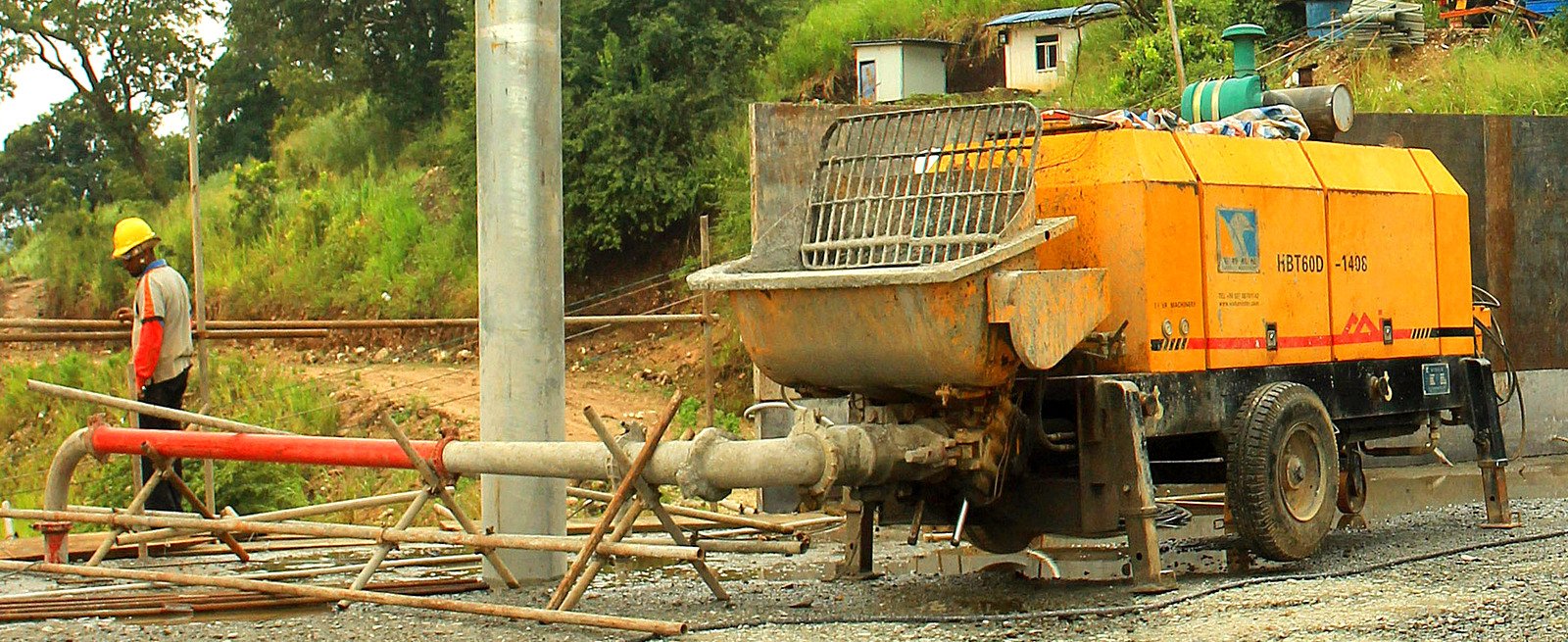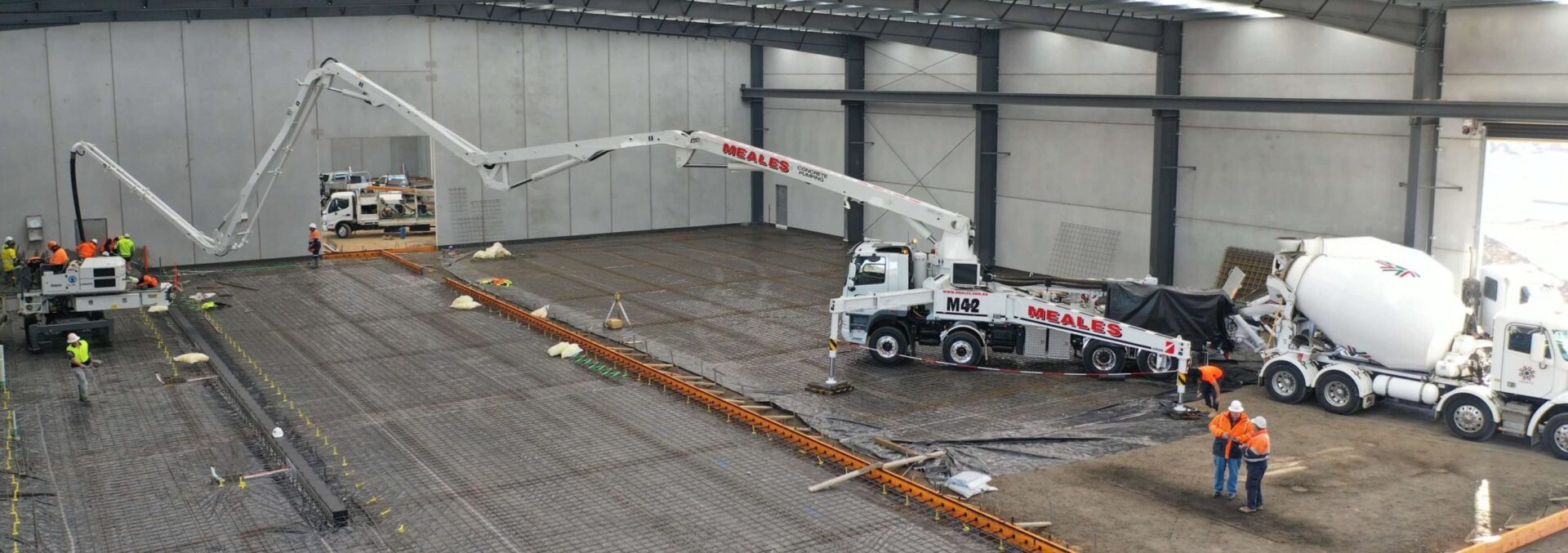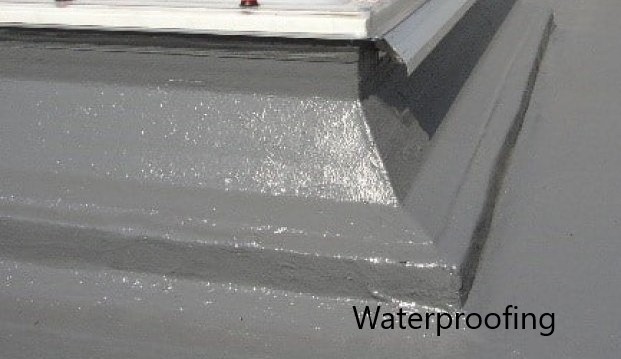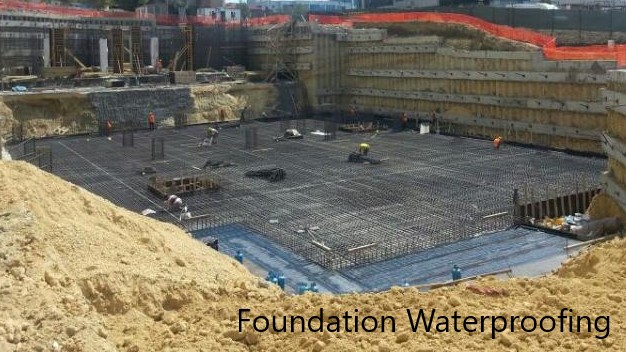Concrete pumping is quite common in the construction of medium to high rise buildings. Manually placing concrete is impossible due to the requirement of a higher volume of concrete and bringing concrete to the different levels from time to time as required.
What is Concrete Pumping
Concrete pumping is supplying the concrete to the required location by mechanical means. A pump will be used to provide the concrete from the ground to the upper level.
When there is a higher volume of concrete we can not supply such a volume in the way it is required. Therefore, we need to know why we need Concrete pumping?
Why We Need Concrete Pumping
There is considerable reason to use a concrete pump to pour the concrete.
- When there is a large volume of Concrete
Manually placing concrete could only be done for a smaller quantity of concrete. When the volume of concrete increases, manual methods can not be applicable.
Though the ready mix concrete could be supplied at a higher rate, could not be able to place at such a rate. The common practice is used to a concrete bucket to pour concrete. It takes lots of time.
- When larger area needs to be concreted
With the increase of the area to be concreted, the manual reach may not be adequate. In such situations, concrete pumping could be the most practical method.
- When it is required higher rate; higher volume per hour
- When it is required to pour concrete into a tall structure
Though we may reach the slab with being tower crane, it would be practical to pour concrete with a tower crane. In such situations, if we used a concrete pump that will reduce the burden.
- Cost of Concrete Pouring
If we use manual methods for concrete pouring in large structures, the cost of construction would be increased.
How does Concrete move through the pipe?
The movement of the concrete through the people is based on the pressure applied by the concrete pump. The continuous pressure applied by the pump leads to the flow of the concrete from the other end.
The valve system in the pump pushes the concrete through the pipe.
Important Facts about Concrete Pumping
- Pumping Pressure
Pumping pressure is very important in concrete pumping. Depending on the head or the height to be a pump, pumping pressure needs to be adjusted.
Further, pump pressure and pipe pressures need to be considered for the fixtures of the concrete pump.
- Pumping Rate
The pumping rate depends on the type of concrete pump used. Depending on the nature of the concrete also, the concrete pumping rate could need to be adjusted.
- Line diameter
Pipe diameter could be adjusted based on the quantity of the concrete to be pumped.
- Horizontal and vertical distance
Head loss or the resistance to the pump needs to be considered in concrete pumping. Higher the length of the pipe, the higher the resistance to the pump.
- Reducing sections, number of bends, and length of the flexible hose used in the line
These factors also need to be considered when arranging concrete pumping work.
Types of Concrete Pumps
Mainly there are two types of concrete pumps.
- Ground Pumps
- Boom Pumps
This classification is based on the method of concrete pumping. Let’s discuss each type of pump in detail.
Ground Pumps
Ground pumps are types of pumps that are placed on the ground and do pumping from that place.
- Ground pump is the most commonly used type of pump in construction. It is used in major construction work. There are limitations in boom pumps that are connected to the vehicle.
- Pipe will be fixed to the structure and the pump will be connected to the pipeline when the concrete is done.

- This pump can be moved from location to location, however, for a given project, it is a kind of stationary pump.
Boom Pump
This is the type of concrete pump used as a mobile pump that can move from location to location.
- It is very convenient and adjustments can be done. With the boom, concrete can be poured to any location.
- However, there are limitations in the heights.
- The concrete pumping mechanism could be the same in both boom pumps and ground pumps.

Advantages of Concrete Pumping
- It is very convenient when compared to the conventional methods in mega constructions.
- Either stationary pump or boom pump can use depending on the requirement.
- Fast construction. Concrete can be poured fast.
- Boom pump can be used to reach any location. Further, with the boom pump, not like the ground pump where the pipelines are fixed, concrete can pour in most places conveniently.
- For example, when we do slab concrete, we can reach all the locations of the slab with a boom pump.
- Special attention shall be made to the concrete workability. If we use pumpable concrete, there will not be an issue.
Issues with concrete pumping
- Pipe blocking
The pipe could block and as a result, the pipes could damage. Maintaining the workability of the concrete adequately shall be done when concrete pumping is done.
The slump could be maintained above 150mm for better pumping ability.
- Segregation and Bleeding could occur
How to Avoid Pumping Issues
- Maintain correct mix design
Concrete mix design shall be done to marinate the required workability of concrete. This means we need to have pumpable concrete.
- Avoid sharp bends
Sharp bends could be avoided to better permeability. Further, avoid head losses.
- Portable Concrete Pump
It is the best option for construction work. Small concrete pumps could be useful for minor nature works.
- Clean the pipe properly after the concrete is completed


